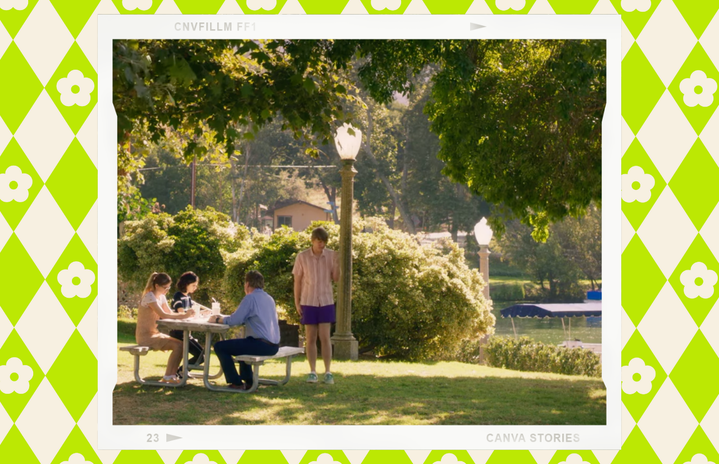While New York City’s public parks have long served as peaceful refuges from bustling city life, urban green space (UGS) accessibility has been a long-debated topic in conservationist, environmentalist, and health equity avenues. The COVID-19 pandemic drew the general public’s attention to the existing issue that low-income communities and marginalized groups face disproportionately low access to New York City’s public parks and green spaces. Though I will focus on NYC, urban green space equity has a significant impact on our society’s health disparities, environmental concerns, and overall population health. It is evident that our definition of accessibility ought to extend beyond mainstream considerations of geographic accessibility to include park space per capita, racial accessibility, eco-gentrification, neighborhood safety, noxious land use, and traffic safety. Learning about how socioeconomic status relates to urban green space access can help us understand the root causes of NYC’s green space disparities.
While many are familiar with the term “amenities,” the word “disamenities” is often lesser known. Disamenities refer to disadvantages and unpleasantness associated with a certain location or facility. In the context of UGS disparities, disamenities include low park space per capita, eco-gentrification, unsafe neighborhood environments, noxious land use, and unsafe traffic conditions.
New York City’s average park size for low-income neighborhoods is 6.4 acres, while high-income neighborhoods enjoy an average of 14 acres (Shukla, 2020, paragraph 4). Even though low-income neighborhoods have higher population density, they have less park space overall, which implies there is less park space per capita in low-income neighborhoods compared to high-income neighborhoods. This disparity in park space per capita leads to crowded spaces with disproportionately high ratios of park-goers to park amenities, which decreases overall accessibility. Furthermore, since low-income neighborhoods have lower park acreage per capita, and neighborhood-level access to large, but not small, parks have been associated with lower BMI and more health benefits, this impacts NYC and society at large (Weiss, 2011, paragraph 39). I believe public health and park activists should expand their advocacy beyond spatial accessibility to address park space per capita.
Beyond park space per capita, neighborhood safety, noxious land use, and crime levels impact park accessibility. Unsafe conditions, noxious smells and pollution caused by land use, and high neighborhood crime levels can negatively impact park use and accessibility. In fact, in NYC, neighborhoods with greater percentages of marginalized socioeconomic groups have access to more parks, more facilities, and more diverse park amenities (Weiss, 2011, paragraph 30). However, when disamenities of neighborhood and traffic safety, noxious land use, and dangerous crime, are factored into spatial access, it is evident that lower-income neighborhoods have less access to parks (Weiss, 2011, paragraph 33). This suggests that generic spatial accessibility, which defines accessibility as the distance that one must walk to the nearest park, is a superficial metric, and it can be misleading when disamenities are factored in. Adjusting analyses of disparities to include these additional factors is more accurate to understand real-time accessibility, which can direct lawmakers and city planners to acknowledge these issues.
Overall, socioeconomic factors heavily impact individuals’ accessibility to urban green spaces in various ways beyond the mainstream understanding of spatial accessibility. Taken together, my discussion of park space per capita and disamenities shows that efforts to increase green space accessibility to low-income residents, marginalized racial groups, and women by increasing the number of parks and facilities will likely be futile (Weiss, 2011, paragraph 41). The COVID-19 pandemic shined light on some of these disparities. Instead, they should take into account neighborhood safety, traffic safety, crime levels, land usage, park acreage per capita, misogyny, racism, and other impactful disamenities.


